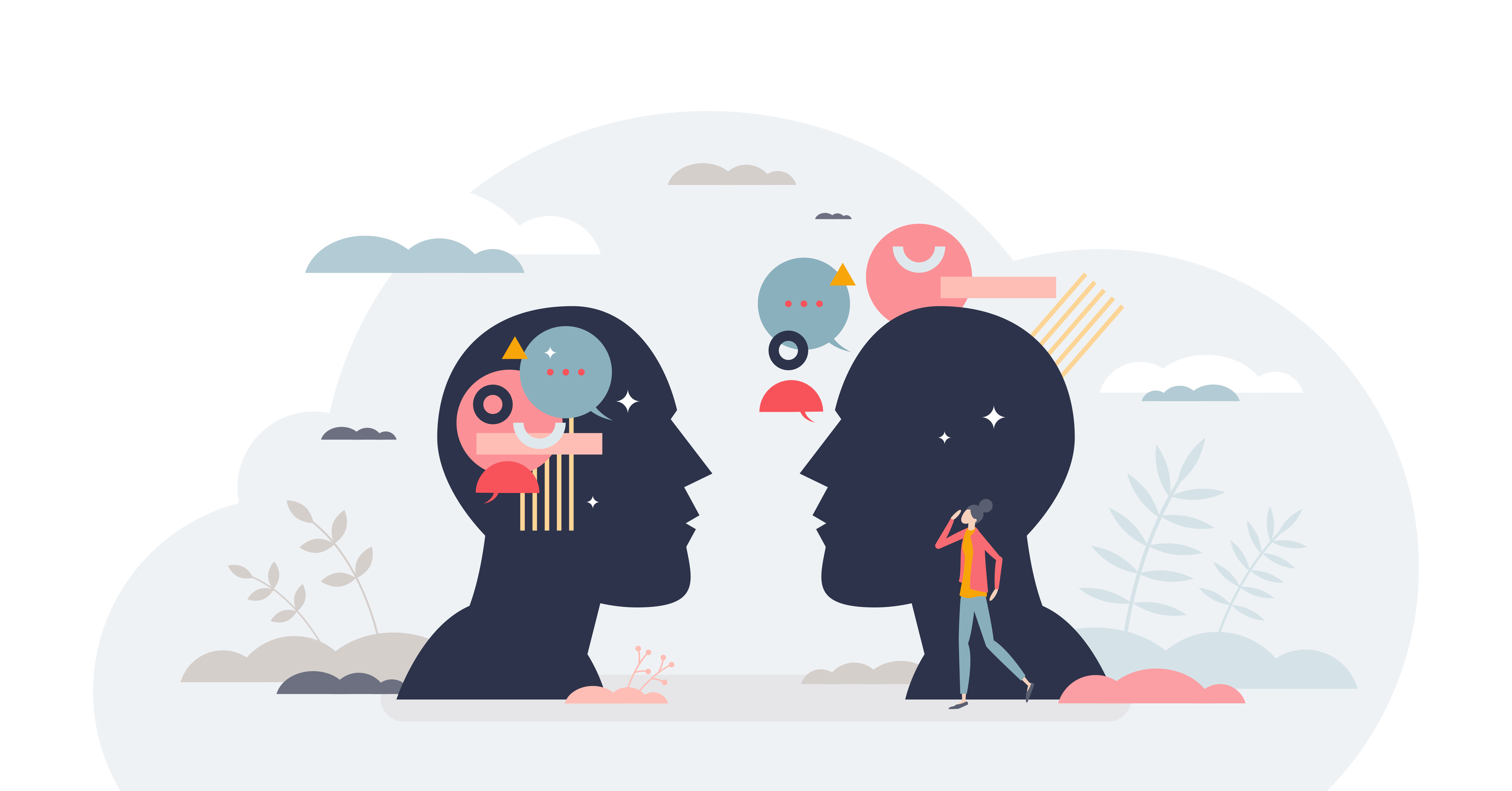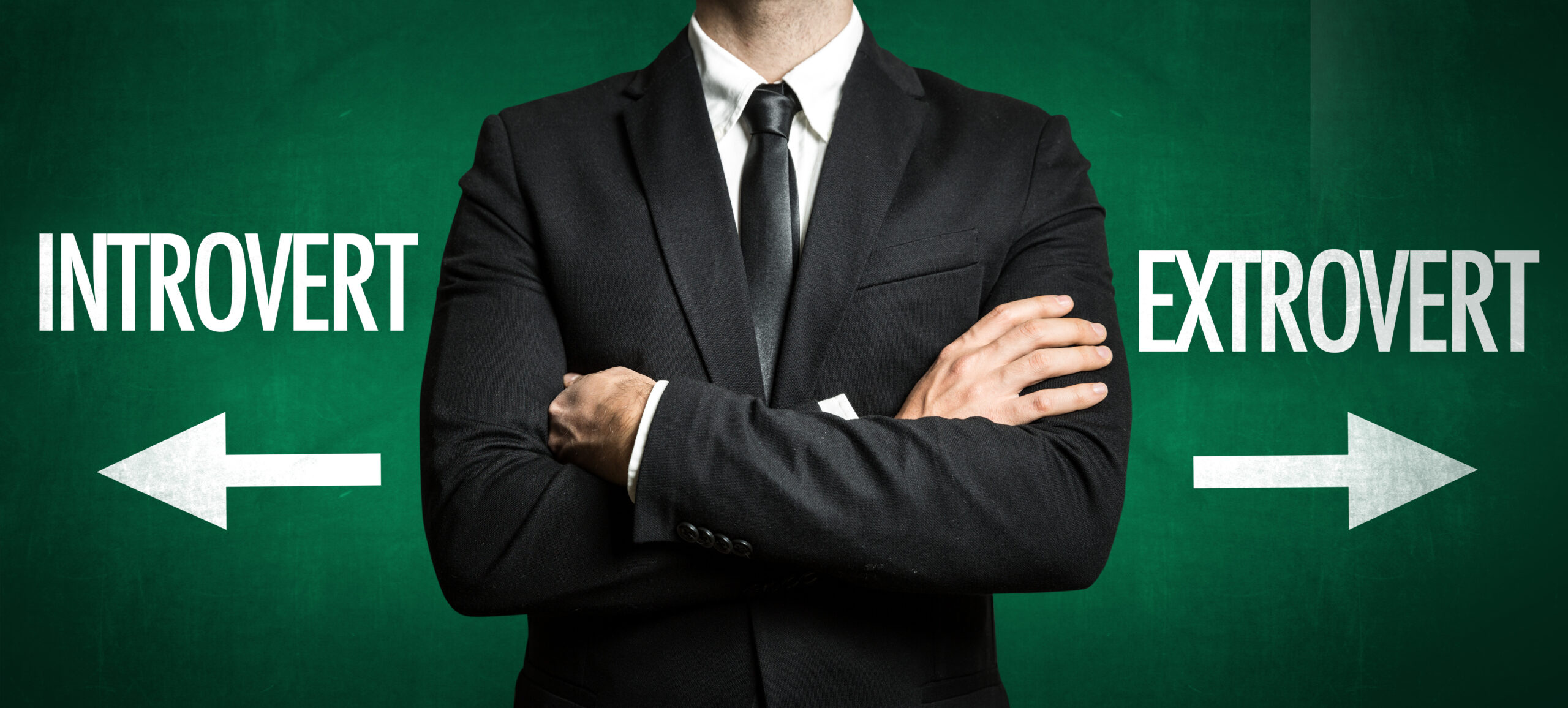
The last two years have shown organizations, communities, and leaders how broad the gaps are between what we say we mean by valuing diversity, equity, and inclusion (DEI)–and taking measurable steps toward making it a reality for everyone. If your organization didn’t have a clear policy and action plan in place already, then your leadership team is likely thinking about how best to foster DEI in the context of your existing values, legacies, and operations. Perhaps you launched initiatives, sought feedback across your community, and engaged in dialogue to discuss what needs to change and how. These are crucial (and often challenging) starting points, and I’d like to offer some ideas on potential next steps and language for those who are eager to continue along that path.
While DEI objectives are essential, we can’t stop there. The action of including implies we are inviting people to the proverbial table who aren’t automatically or traditionally included because of their race, gender, sexual orientation, class, disability, religion, etc. It may also mean inviting people from different levels of the organization who have diverse perspectives and who are not usually asked to participate. But being invited to the table doesn’t mean that you necessarily have the same privileges and impact as everyone else in attendance. Are you determining the agenda? The flow of conversation? Who sits next to whom? All those factors shape the experience and considering them supports everyone’s sense of agency. Therefore, inclusion alone isn’t enough to transform a situation; we need to go one step further and enable belonging.
Think about situations in which hierarchies (both implicit and explicit) shape a dialogue, a power dynamic, or the degree to which someone may participate. Whether the situation involves students who are invited into an administrative conversation or less experienced staff who are meeting with executive leadership, being invited doesn’t always equal being truly allowed into the decision-making fold or that everyone’s perspective is given consideration.
Belonging, beyond inclusion, implies that you are a part of the fabric of the place–fundamental to its construction. If we were to extend the table metaphor to a larger party, you are more than a guest at this party; you are the DJ or a member of the planning committee. Your presence (or, conversely, absence) would significantly change the event, decision, or outcome.
What are the components that help us understand what constitutes belonging and how it’s different from inclusion? Based on a broad review of literature and expert thinking on the topic–including Howard J. Ross’s work on transformation in organizational communities, the search for connection, and unconscious bias–I believe these five aspects help us cultivate belonging.
- The ability for people to be fully themselves as they are and as they are becoming
- A shared belief in common values and goals
- Participation in interdependent groups for common purpose
- Shared interpersonal connections in informal and formal settings
- Recognition and respect for individual talents and perspectives
What’s notable among these components is that collectively they require space for individual differences and allow individuals to be dynamic in their behaviors, identities, and relationships. Humane behavior demands this of a healthy community—there must be room for respectful disagreement; moments of productivity and restful reflection; mistakes and learning; crisis and celebration; accountability and accolades. By acknowledging and allowing all these dimensions to naturally exist among people, organizations, and communities, those who belong to them find the permission to give the best of themselves and feel fully accepted within their group. Within the various relationships in our lives, the most fulfilling ones—especially those at work—are those that contribute to or mirror these components.
Psychology suggests that as humans, we desire both to be part of a cooperative group that shares common values or goals and also to cultivate a unique sense of identity as individuals, which creates space for critique of the community. We acknowledge that we are part of something and see its flaws. We also see ourselves as singular within the larger collective.
Noam Shpancer, PhD, describes this tension by noting: “All our consequential psychological machinations can be traced back to these two motives, our deepest needs: to belong somewhere and to be someone.” He outlines these two seemingly competing but interrelated motives as “dynamic continua” between autonomy and dependence on one spectrum, with connectedness and separation on the other. We desire to find both personal autonomy and communal connectedness. A community that lends itself to both at the same time, with all the contradictions that come with it, is poised to offer a space of belonging.
How do we get there? While necessary and exciting, cultivating a community or organization that embodies these five components of belonging is a taxing, systems-level effort. Howard Ross, social justice advocate and expert on organizational transformation and belonging, advocates for embracing the role of “bridger”—a way of being within a community where one works to remove bias, creates opportunities for dialogue, invites members to share their personal stories, and acknowledges their contributions. Certainly, these are actions that leaders should model and promote within communities that aspire to create a sense of belonging.
Some of the key responsibilities of someone in a bridger’s role might be facilitating opportunities to listen to and amplify marginalized perspectives—even if it means telling leaders or more powerful parties to wait and listen. They call attention to the unspoken elements that define these power dynamics. They seek to bring humility and patience to the situation and to find common human ground where empathy can take root.
Playing the role of bridger is long-term, full-time work that requires constant learning and willingness to look inward first with the intention to cultivate a mindset that suits the situation at hand—a bravable mindset that is open to new possibilities, revision of existing worldviews and paradigms, and accepting that the work is always unfinished. This mindset helps you more effectively engage those around you and approach the problem without feeling defeated from the start. Dolly Chugh, author of The Person You Mean to Be, characterizes this way of thinking as a growth mindset, and it’s critical in our personal transitions from ignorance, be it deliberate or otherwise, to intentional awareness.
“Nothing about our situation is inevitable or immutable, but you can’t solve a problem with the consciousness that created it,” says Heather McGhee in her book, The Sum of Us: What Racism Costs Everyone and How We Can Prosper Together. The humility of questioning what seems true or given, especially in a position of authority, can have tremendous impact in opening doors for alternative ways of thinking, acting, or decision-making. If you are a leader finding yourself in a situation of tension, uncertainty, or conflicting perspectives among your team on these topics, take intentional steps to foster a culture of belonging—not just inclusion. Embrace your courageous capacity for change and be the bridge to something better.


